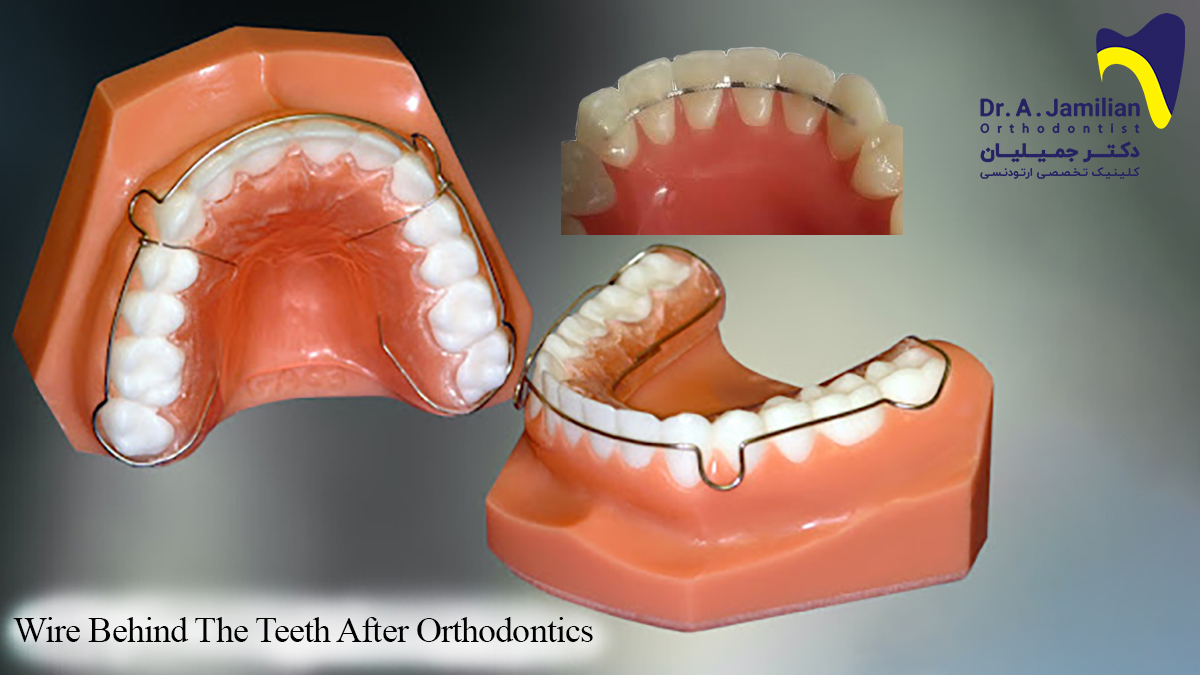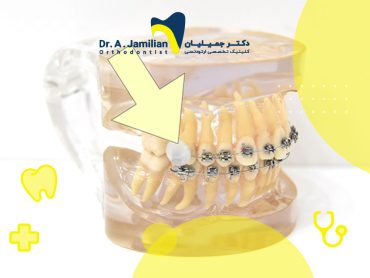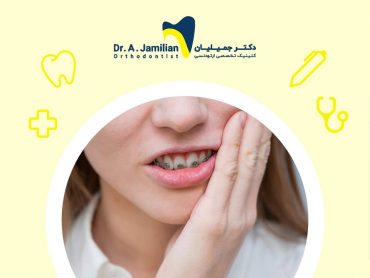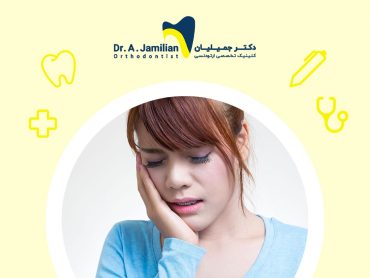One should take special care of your teeth after the orthodontic treatment. Teeth are likely to move or change for a long time after the end of fixed orthodontics. You need, therefore, to use special retainers after the treatment to prevent the recurrence of dental problems and avoid incurring hefty costs of orthodontic treatment once again. The use of removable or permanent retainers is an important part of post-orthodontic dental care. Retainers can maintain a beautiful smile and aligned teeth as the results of multi-year orthodontic treatment.

These retainers are usually fabricated by orthodontists by molding aligned teeth at the end of the orthodontic treatment. The retainer aims to maintain the dental position provided by fixed brackets and archwires. These retainers are usually made of resistant materials to be used for many years.
Two basic types of post-orthodontic dental retainers include permanent and removable retainers. The type of retainer and duration of use are determined based on the patient’s clinical requirements and desires as well as the orthodontist’s discretion.
Fixed retainer
A fixed retainer usually consists of a thin wire located behind the maxillary or mandibular front teeth. Fixed retainers are attached to teeth same as fixed brackets. This wire encompasses several teeth, thus patients need to use special instruments such as dental floss to access the interproximal space between teeth and completely clean the gap between teeth and the wire and between other teeth. This may take slightly longer than simple flossing but can cause quite positive effects. A fixed retainer aims to support the correct position of teeth 24/7, and patients need to diligently maintain take care of the retainer and keep in mind that this thin wire is always likely to be damaged.
Removable retainer
As the name implies, a removable retainer can be taken out of the mouth whenever necessary. A removable retainer follows a special shape to keep teeth in their normal position. A removable retainer consists of a metal wire, which passes through the front of the maxillary posterior teeth and mandibular anterior teeth, connected to plastic or acrylic hooks placed between or behind the back teeth. The wire-hooks combination maintains the straightened teeth in their right position as well as fixed retainers do. As their main advantage, removable retainers can be taken out of the mouth whenever necessary. Patients can easily take a removable retainer out of their mouth to clean it. It should be noted that this retainer, like a fixed retainer, should be inside the mouth all the time. However, the orthodontist usually prescribes the patient to use the removable retainer 24/7 for the first three months and then only during the night if there is no change in the shape and position of teeth.
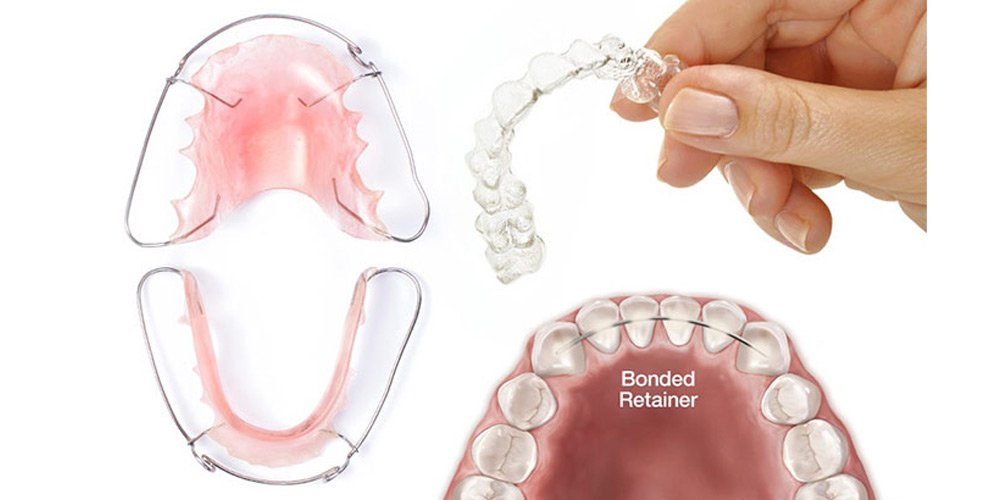
Removable retainers are likely to be lost or damaged. Therefore, patients who use a removable retainer should follow certain tips to take care of their retainers. Regardless of the type of retainer, you need to regularly consult your orthodontist and maintain good oral hygiene to further ensure the proper functioning of your retainer.
